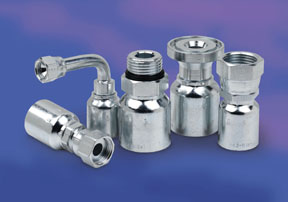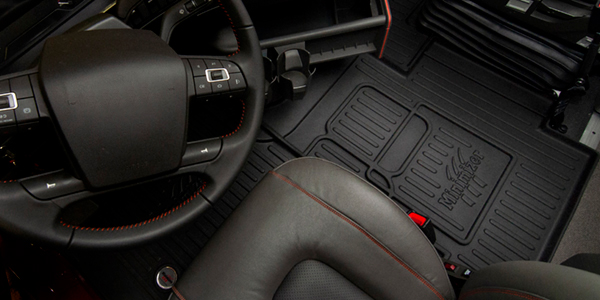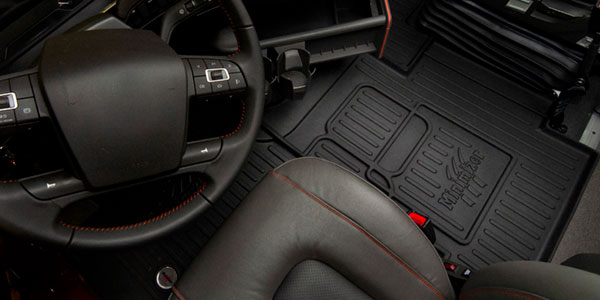The Hose Products Division of Parker Hannifin said it will be changing its plating to a process that no longer uses hexavalent chromium (Cr6), a substance that has been deemed environmentally hazardous. In its ongoing efforts to produce more environmentally friendly products and comply with The Commission of the European Communities (EU) restrictions on the use of hexavalent chromium in various products, Parker Hose Products said it is making a global switch to a new Chromium-6 Free plating.
 EU has developed several restrictions pertaining to the use of hexavalent chromium in various products, and has classified it as an environmentally hazardous substance. Although the directives are currently focused on Europe, it also affects product/equipment manufactured in North America destined for sale in Europe. North American transportation manufacturers that prefer to work to global standards also are driving for the specification change.
EU has developed several restrictions pertaining to the use of hexavalent chromium in various products, and has classified it as an environmentally hazardous substance. Although the directives are currently focused on Europe, it also affects product/equipment manufactured in North America destined for sale in Europe. North American transportation manufacturers that prefer to work to global standards also are driving for the specification change.
Currently, Parker said its plating process for metal products contains hexavalent chromium, identifiable by the “gold” appearance of its existing fittings.
The Chromium-6 Free plating, which is silver in appearance, is more environmentally friendly; offers improved corrosion protection from current specifications; requires no changes in assembly procedures; and requires no changes to the existing assembly torques, the company said. It has minimum corrosion resistance of 120 salt-spray hours to first white and 240 salt-spray hours to first red; and product-specific corrosion resistance of 200 salt-spray hours to first white and 500 salt-spray hours to first red.
The plating change will be applicable to all steel Parker Hose fittings, with the process of converting all steel parts to the Chromium-6 Free plating starting in July 2006. Parts will be shipped in boxes identifying the product as “Chromium-6 Free.”
For a copy of Bulletin 3400-B20-US describing the plating change for metal products to Chromium-6 Free, visit www.parkerhose.com.




